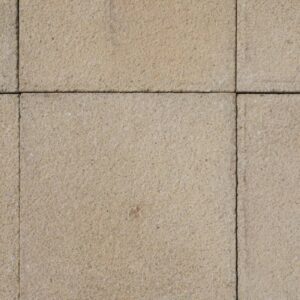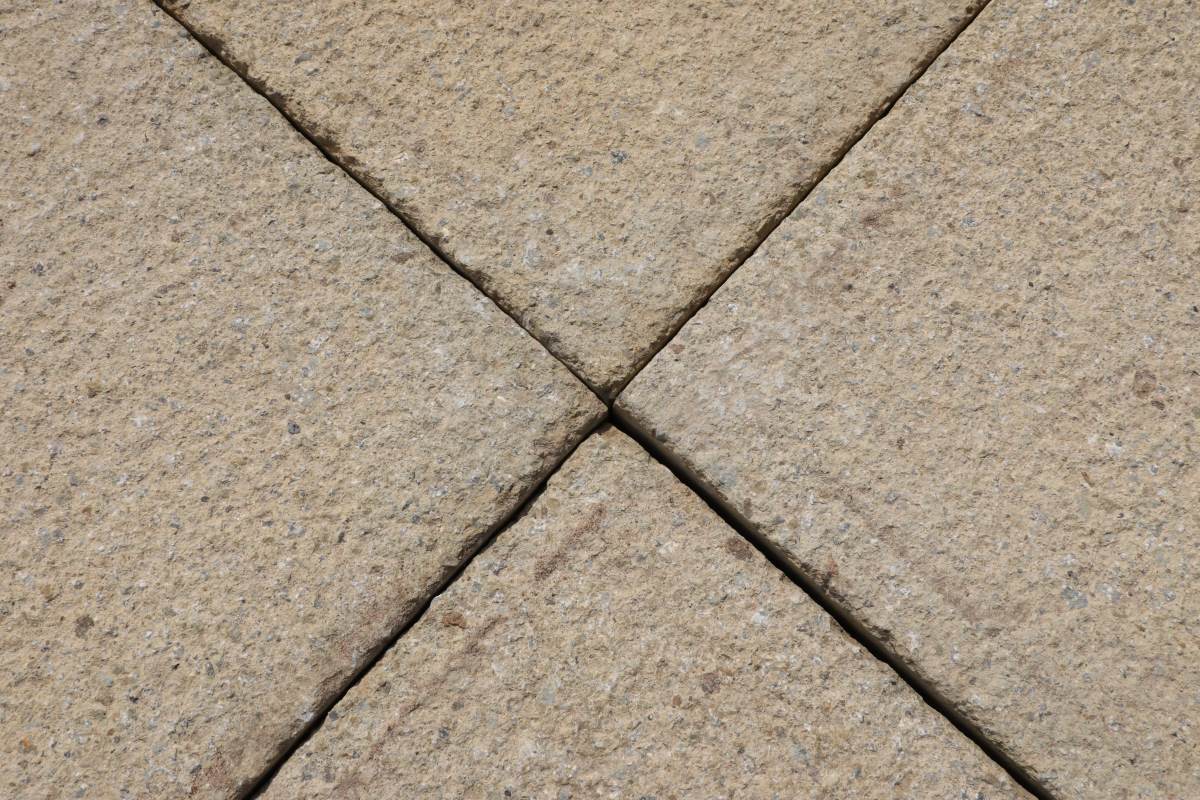OPENING HOURS Monday to Thursday 08:00-17:00, Friday 08:00-16:30, Saturday 10:00-16:00, Sunday CLOSED See additional info here.
Concrete Paving Slabs
Showing all 4 resultsSorted by latest
-
Marshalls Urbex Textured Paving-Buff Concrete 45cm Reclaimed
Add to basket Add to basket -
Reclaimed Concrete Utility Slabs
Add to basket Add to basket -
Concrete Paving Slabs Reclaimed 61cm x 61cm
Add to basket Add to basket -
Marshalls Ryton Grey Riven Paving Slabs
Add to basket Add to basket
Concrete paving slabs have rich history, dating back to the ancient Romans who first used them extensively. The term ‘concrete’ originates from the Latin word “concretus,” meaning compact or condensed. Additionally, Romans created concrete by mixing volcanic ash, lime, and water, constructing iconic structures like the Pantheon and aqueducts.
Today, concrete paving slabs are essential in modern towns and cities. Their manufacturing process involves mixing cement, sand, gravel, and water. This mixture is poured into moulds and allowed to cure, forming strong, durable slabs. In addition, concrete’s versatility and strength make it ideal for sidewalks, driveways, patios, and public plazas.
Concrete paving slabs are known for their durability and ease of installation. They provide a uniform appearance, making them popular in urban planning. Furthermore, modern manufacturing techniques also allow for various finishes and textures, enhancing their aesthetic appeal.
Using reclaimed concrete paving slabs offers significant ecological benefits. Reclaiming reduces the demand for new raw materials and minimizes waste. Additionally, it lowers the carbon footprint associated with manufacturing and transporting new slabs. Reclaimed concrete slabs retain their strength and utility, providing a sustainable option for construction projects.
Concrete paving slabs play a crucial role in creating functional and attractive outdoor spaces. In addition, their history, rooted in ancient Roman ingenuity, underscores their enduring utility. Whether for a modern cityscape or a residential garden, concrete slabs offer a reliable and eco-friendly solution for various applications. Embrace the benefits of reclaimed concrete slabs to ensure a sustainable and resilient future.









